OspreyWatch Anniversary
Tracking eagles in 3D
January 11, 2017Moving Woodpeckers 2
January 12, 2017
In 2012, The Center for Conservation Biology launched OspreyWatch, an online global community making observations of breeding osprey. The intent on a local scale was to connect people to the breeding pairs around them. To have them engage in the daily lives of these birds and to learn more about their breeding ecology. Observers have included school groups, master naturalist chapters, bird clubs, and homeowners. The intent was to harness the power of many observers to collectively examine large-scale patterns of breeding phenology and productivity. The osprey is an ideal sentinel species of aquatic ecosystems.
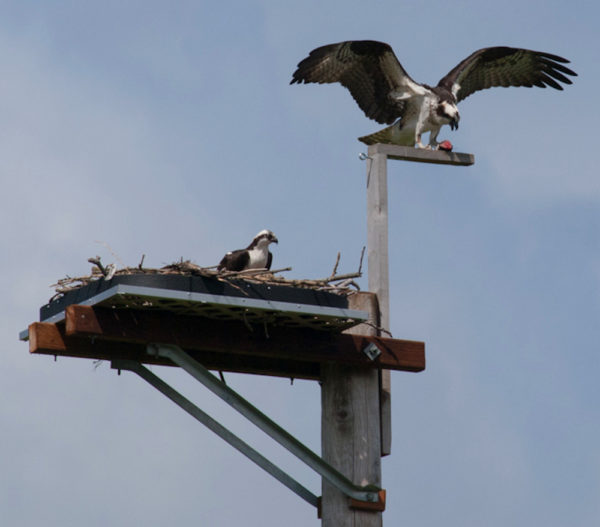
Pair of osprey on a beautiful platform early in the nesting season near Seattle, Washington. Photo courtesy of Ingrid Taylar.
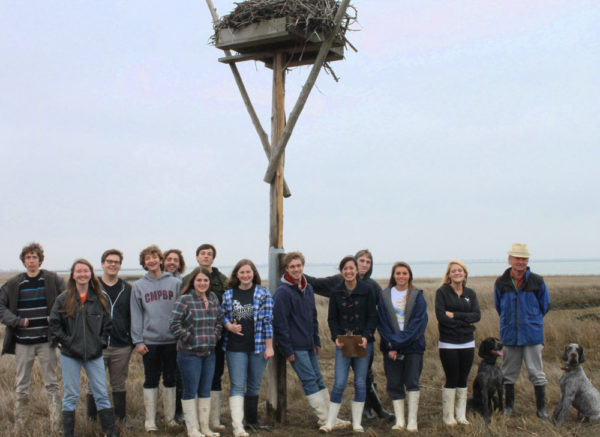
A school group from Cape May Tech pictured with an osprey nest they adopted for OspreyWatch near Cape May, NJ. Cape May Tech’s students erected this nest, and it is monitored by Natural Sciences Class students in partnership with NJ Fish & Wildlife and Conserve Wildlife Foundation of NJ.
The 2016 breeding season is the fifth since the establishment of OspreyWatch and we have been overwhelmed by the response and generosity of observers. More than 5,600 nests have been registered across several countries with most of the activity concentrated in North America. Nearly 3,000 full-season nesting accounts have been entered. All of these efforts are making a contribution to what we know about ecology across the breeding range.
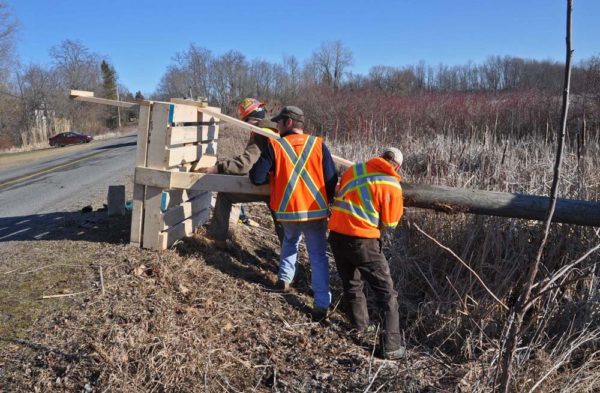
Crew erecting an osprey nest platform on Prince Edward County, Ontario. The platform was installed within a protected wetland by Quinte Conservation in 2012, and is monitored by Paul Wallace. Photo courtesy of Paul Wallace.
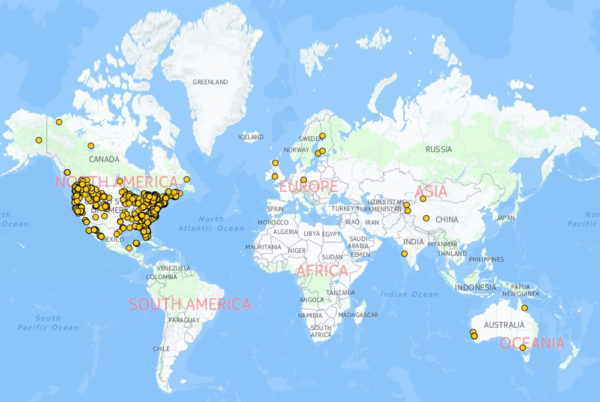
Map of nests registered in the OspreyWatch program. Data from CCB.
Among other findings, the data submitted has highlighted the latitudinal shift in nesting date. The onset of incubation shifts more than 150 days (nearly 5 months) across 30 degrees in latitude. The most dramatic shift occurs from the resident population in south Florida, which has the earliest breeding season in North America, to the migratory populations in Georgia and South Carolina. Over a span of only 10 degrees north, the onset of incubation shifts nearly 100 days. North of South Carolina, the rate in the delay in nesting declines to 2.5 days per degree in latitude compared to 10 days per degree south of North Carolina. This important data serves as a benchmark for comparison of future patterns as the climate continues to warm.
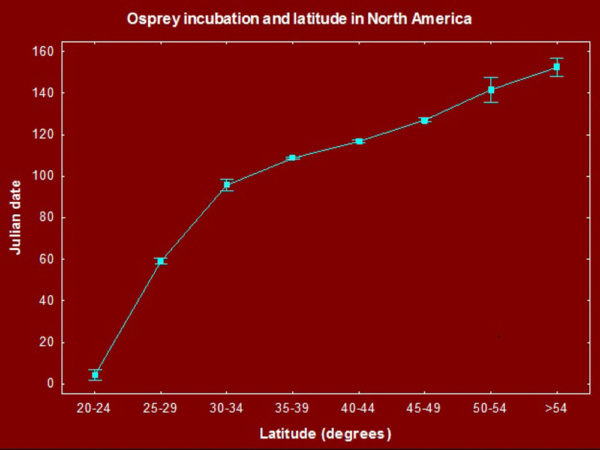
Large-scale relationship between the date of initiation of incubation behavior and latitude as determined from OspreyWatch data. The pattern shows a rapid shift with latitude between south Florida and South Carolina and then a much shallower rise to the north. Data from CCB.
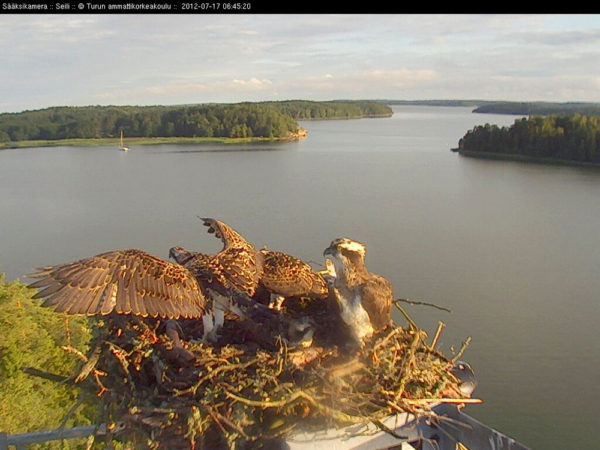
A camera grab of an OspreyWatch nest featured on a webcam in Finland.
Written by Bryan Watts | bdwatt@wm.edu | (757) 221-2247
January 11, 2017



